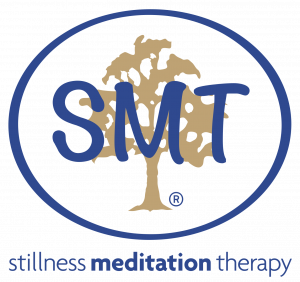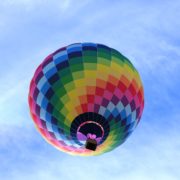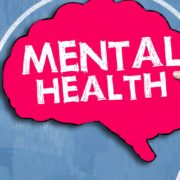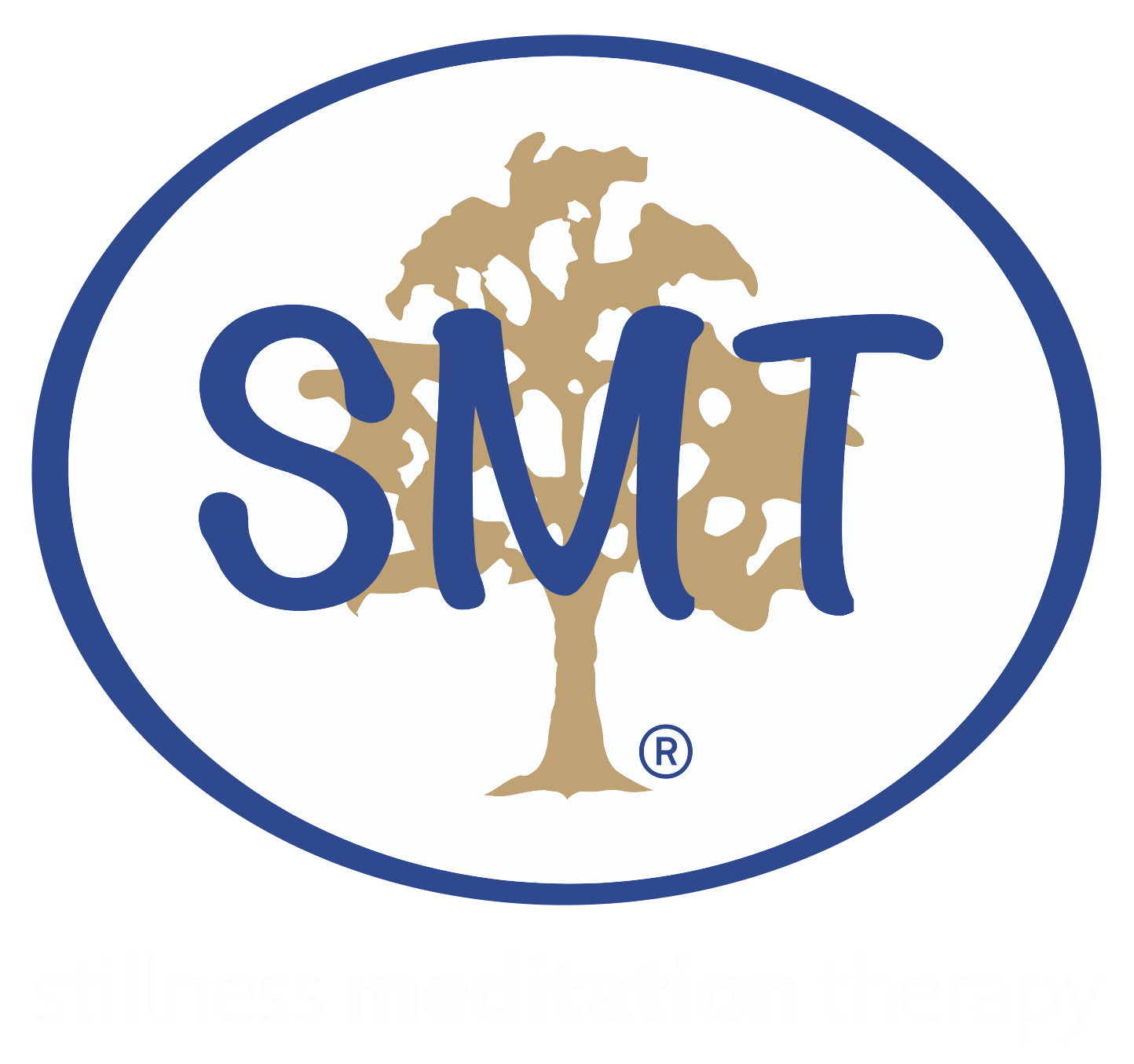Letting go – and what that might mean!
This year, 2019, has been a year of significant change for me. Since no one is immune from change, whether negative or positive as we enjoy the privilege of living year by year, I’m sure I’m not alone in this experience.
One would hope that change will be readily adapted to and that change may ease us into another stage of life, of personal growth and if we’re fortunate, some accrued wisdom. As among other things I’m in the process of downsizing, one of the learning curves handed to me most recently is the need to dispose of goods. Quite apart from any personal journey, our current understanding of global warming and climate change gives rise to the obvious that the accumulation of ‘stuff’ within modern society has put our world to risk. Alongside such risk we are now also aware of the mammoth problem of waste disposal while simultaneously and by contrast, advertising continues to bombard the unsuspecting with temptations to purchase still more and more. We only have to switch on TV to be confronted by the potential excesses of the Christmas Season! It seems there is much our modern society must learn to let go of, despite commodities and despite the sales. But how to achieve this in the best possible way?
To begin, letting things go brings individual challenges. Initially we make the time to inspect all we have. And then comes assessment: do we really need this or that. What is its purpose? How might this or that object be meaningful to us as we are right now? We become torn between practicalities, sentiment and memories. Some items bring joy to the heart. Perhaps by association, certain objects remain of value and to part with these is difficult – perhaps inherited or gifted by loved family members or thoughtfully chosen within tender friendships. And yet such gifts are very likely still objects, of little use other than to remind us of another time, another person, another comfort. In the consideration of letting these go we must weigh up the pros and cons surrounding any decision to keep or dispose. And it may well be that the primary barrier to learning to let go is that of sentiment, where head and heart are conflicted in their aim.
Photographs are another challenge. Yes, today we have the advantage of the digital age with thousands of photos stored for ever in that way. But do they really bring the same day to day joy as did their previous print version – of which there are still too many in my possession for practical reality. The digital option provides us with an instant buzz or the possibility of scouring indefinitely to retrace many occasions. But who has the time available to do that on a regular basis? To print these would be ridiculous, not to mention the hundreds of frames needed or the space required to display even a limited few! In my deliberations surrounding photos I can happily leave the digital images where they are and, without regret, begin to let go of many printed images, some saved in albums or others now yellowing with the passing of time. This was an interesting exercise as I settle now in the certainty that the best selection of even the black and white memorabilia on the wall is an ever-present treasure that makes my heart sing.
Then the linen cupboard. Tablecloths? Too many place mats? Napkins? Even tea towels! The good and the tidy can find a home elsewhere. And cutlery accumulated over years, kitchen gadgets whose function can usually be replicated by simple alternatives … platters of many shapes and sizes … three kettles in case of emergency? Why complicate time and space more than necessary?
I believe there’s a secret to letting things go. And that means more than objects or things because all that material ‘stuff’ is linked to our emotions. This time of disposal intensifies my gratitude for having learned to draw on the power of inner calm. This time reminds me of another of the ‘fringe benefits’ of having learned such a long time ago, how to access stillness in my life and rely on the strengths it provides – physically, mentally, emotionally and spiritually.
In teaching the work of Dr Ainslie Meares as I’ve practised and shared with so many over the years, I remind my clients of this: As letting go in Stillness induces physical relaxation and ultimately, mental relaxation, tension becomes noticeably reduced. Among other rewards from this practice, tension reduction permits ease of being. When we regularly practice just being still, we open the way for mental calm, for clarity of thought, for emotional stability and for good decision making. Through the practice of being simply still, without force, focus or effort of any kind, body, mind and spirit are somehow united in purpose. Stillness is change made positive, regardless of the ‘slings and arrows of outrageous fortune’ as Shakespeare so keenly observed. That little counsel has long served me well – perhaps such a reminder might help my readers now, too.
Pauline McKinnon (c)
Melbourne, November 2019



